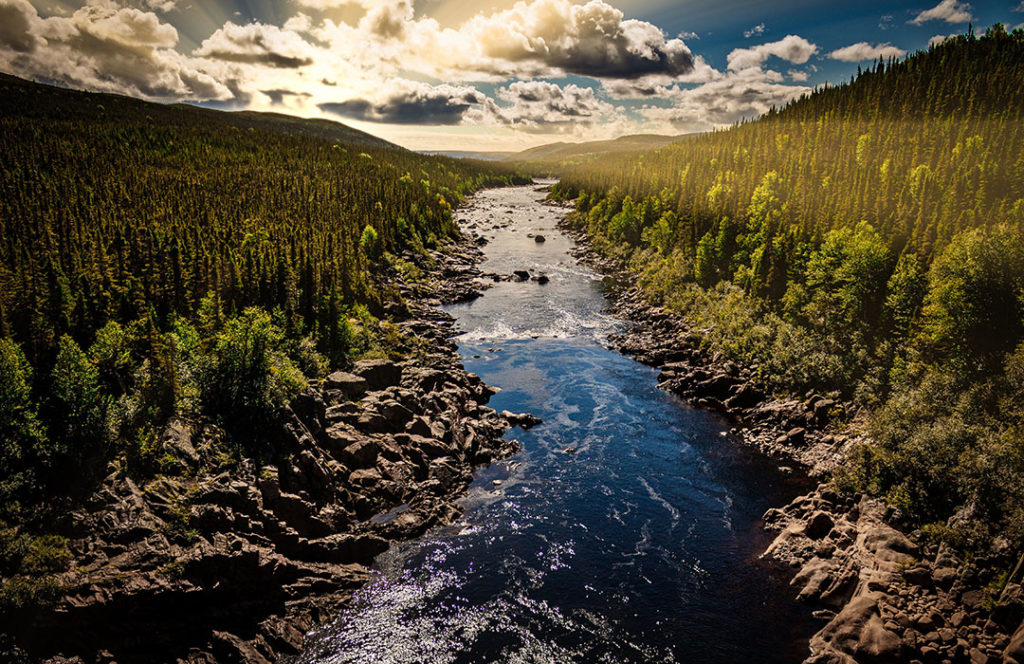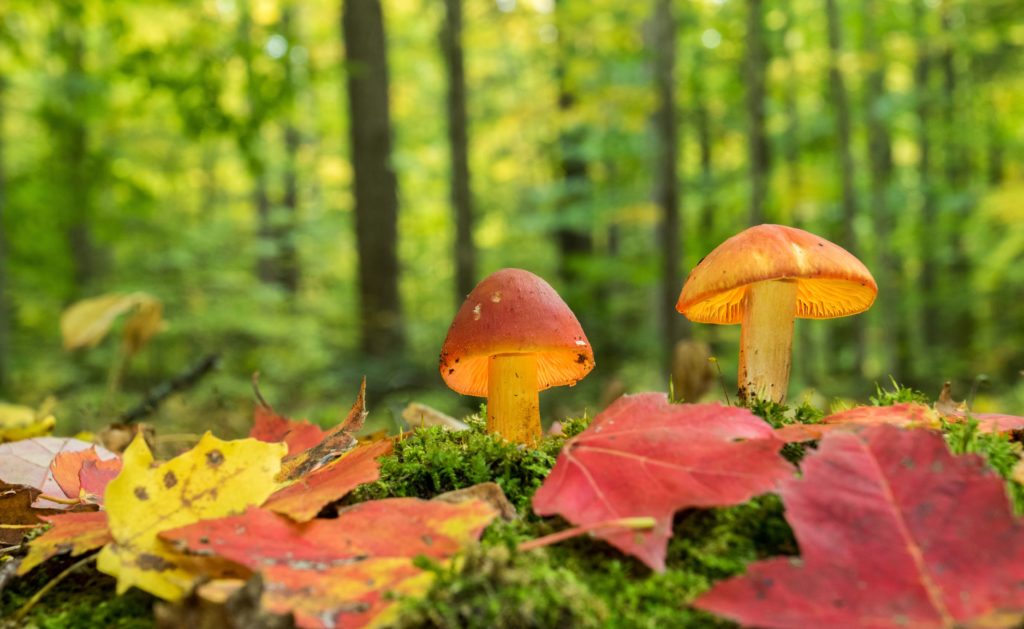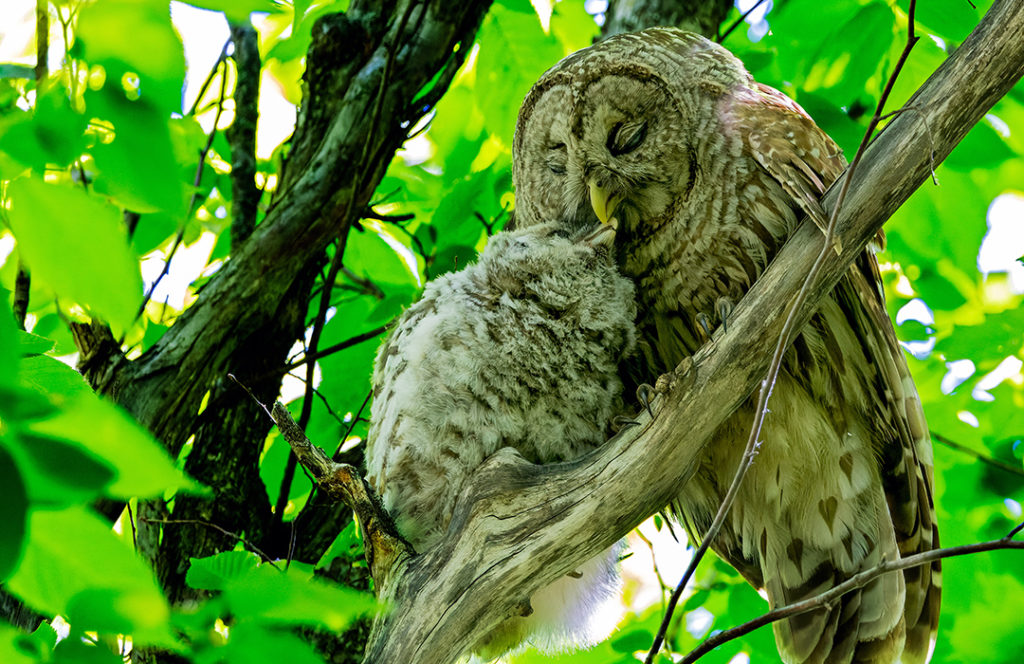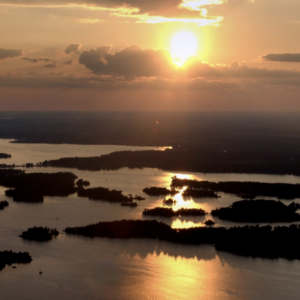Forest Reflections
At A Time Of Crisis, Let’s Turn To Our Mothers—Our Mother Trees
Do you sometimes find it hard to find hope? The COVID pandemic of unprecedented scale. A horrific war in Europe. The growing destructiveness of climate change and biodiversity loss. The mental health fallout of global uncertainties is palpable, particular among the young.
Where can we turn to for hope at this time? Perhaps where humans have often turned—to our mothers.
Not necessarily human mothers, or even animal mothers, important as they are, but rather of the mother trees that nurture and sustain the living and breathing forests that help secure our own health and well-being—and that of all species. Can we rethink our approach to forests in a way that helps us to also transform ourselves as individuals and societies? The harvesting of wood from forests has brought huge benefits to our lives and livelihoods. But we are now seeing the price of the widespread industrial logging over the past sixty years in our tropical, temperate, and boreal forests.

Deforestation and the degradation of forests are driving the loss of biodiversity, with one in eight species now threatened with extinction. It is estimated that 25% of forested areas are needed to maintain a healthy planet, yet over 40% of forests have already been lost. Forests are also critical to fighting climate change. Trees capture one-third of global fossil fuel emissions each year, and the boreal forest in Canada stores over 200 billion tonnes of carbon. Trees and forests also protect us from the extremes of climate change—erosion, floods, and heatwaves.
And yet we continue to degrade and destroy forests—at home and around the world. Over seven hundred thousand hectares of forests in Canada—mostly previously unlogged—were harvested in 2020 alone. An area of forest more than half the size of Yukon has been logged in Canada since 1986. Part of the problem is that we subscribe to the myth in Canada and elsewhere that widespread clear-cut logging of primary forests is somehow carbon-neutral. The truth is that it takes decades—or longer—for replanted seedlings to make up for the vast carbon loss that occurs when primary forests are clearcut.
A recent study suggests that net emissions from the logging sector in Canada, when properly counted, rival those of all oil sands operations in our country. Sadly, we have come to think of the value of forests mostly in terms only of the economic value of the wood extracted—instead of recognizing the vast social, cultural, and ecological benefits that forests provide while still standing.

As humans we have put ourselves on a pedestal, reducing nature to being a service for us, rather than seeing ourselves—and ecosystems—as places of mutuality and reciprocity where all species have a place and purpose. My research—and that of others—has revealed that forests aren’t a place of simple competition for survival between different species of trees, but rather a complex and symbiotic system where trees of different species share nutrients, water, information to ensure their collective survival, and where older mother trees playing a particularly important role in nurturing young saplings.
Isn’t that what we need to do now? To change our thinking from that of competition between species to a recognition that we are all in it together—and that we must work together across all species for our collective survival?
What does that mean in practice?
It means changing the way we harvest forests—sharply curtailing the clearcutting of primary forests and, instead, selectively harvesting secondary (previously-logged) forests so older trees that support the next generation of trees and other species are left intact. As Indigenous people have long recognized, there is a limit to what we can take if future generations of all species are to survive. It means recognizing the full value of forests—counting the carbon benefits of intact forests more fully, recognizing the biodiversity benefits. It means formally protecting forests, particularly old-growth forests to safeguard their myriad contributions for generations to come.

And it especially means listening to and putting front and center Indigenous knowledge and leadership, as peoples who have long understood the interconnected nature of living systems, and who can lead in the management of forests and other ecosystems.
So, let’s reconnect with and embrace our mothers, and our mother trees, to find the inspiration, wisdom and hope to rethink our relationships with each other and with other species—before it is too late.
Nature Canada extends our deep gratitude to Dr. Simard for this exclusive article just for supporters like you. If you are inspired to support our forest protection and reforestation efforts right now, please give today!



